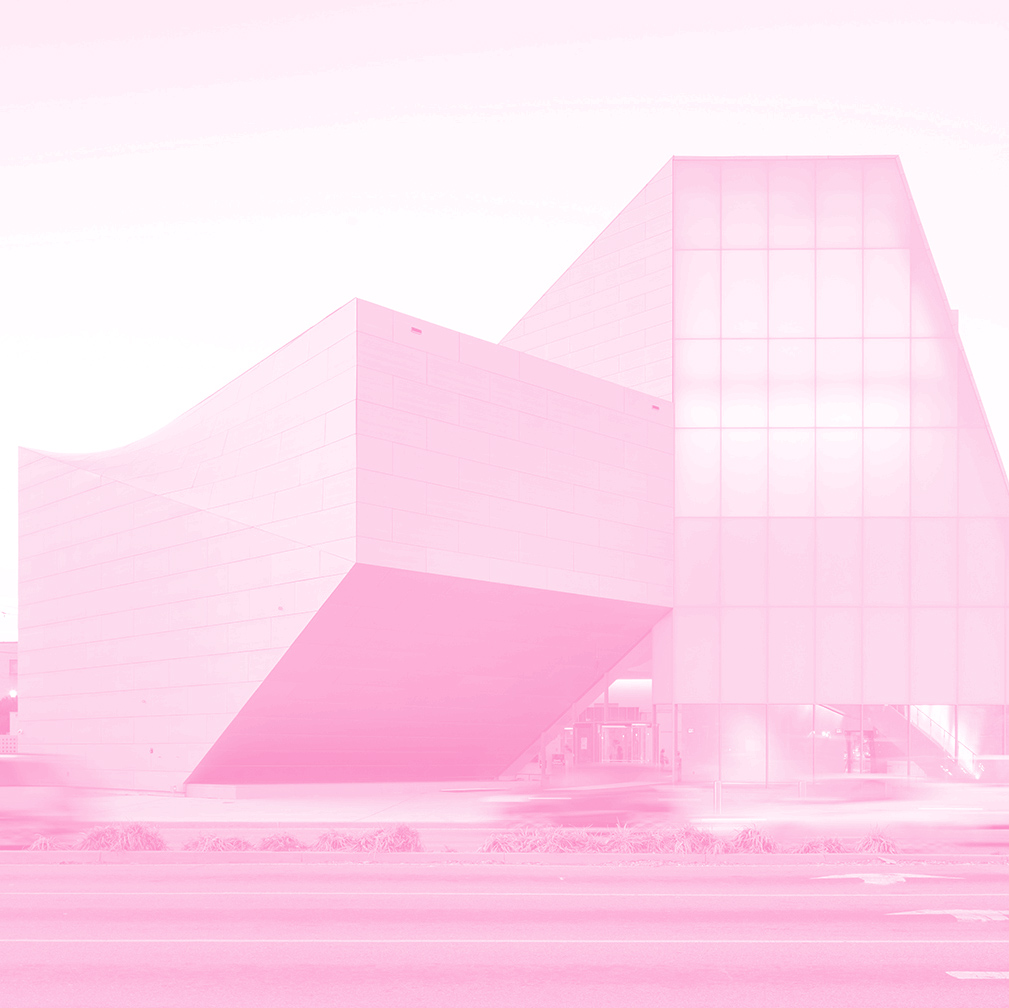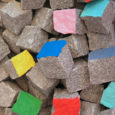Pascale Marthine Tayou
Introduction
AMBER ESSEIVA: Hi, I’m Amber Esseiva, I’m the assistant curator at the Institute for Contemporary Art at VCU, and the co-curator for ‘Hedges, Edges, Dirt’.
Pascale Marthine Bayou is a contemporary artist based in Ghent, Belgium, but originally from Nkongsamba, Cameroon.
Tayou is a self proclaimed global citizen who is interested in taking iconic everyday symbols from cities around the world, and transforming them into monuments that reveal what is shared across cities rather than what is different.
So Pascale uses materials like granite paving stones, plastic bags, trees, and discarded objects that are seen in cities across the world. One thing that’s really important for Tayou in his practice is how the imagination can work to transport yourself either physically or just mentally outside of the current surroundings that you are in. How can we imagine things that we understand as being fixed or being used for a specific purpose in our everyday life, into a new lens or a new way of engaging with those materials?
Colored Stones
AMBER ESSEIVA: Colored stones is a sculpture made of granite paving stones, that are sourced here in Virginia, that are painted with various brilliant colors on one side of each stone.
The object reads almost as a pile of rubble, and is inspired by a historic 1968 moment in Paris in which students and factory workers decided to dislodge or rip out the paving stones from the streets and transform those paving stones into a barrier or weapons against state authorities.
So in this way the object can be read as a beautiful pile of colored stones, but it also is referencing a violent moment in the civic history. It’s really about the sort of agency we have as citizens to reimagine the things around us.
He (Pascale) really thinks about this piece as a self portrait in a way. And he’s doing this by playing with the linguistic aspect of the word colored, as something that connotes something that is neither black or white. He’s really thinking about the way in which he himself can be read as a complex human being outside of being just African or being black as an individual.
Across the work, he’s interested in the way things can be monumental and mundane, can be male or female, can be neither black nor white, as a way of dislodging the way that we associate with binaries in order to read things as complex or as something that can be manipulated or changed.
Plastic Tree
AMBER ESSEIVA: Plastic Tree is a horizontal forest which is on the wall made of discarded tree branches and plastic bags.
Pascale’s interest is to show how things like waste effects us all. Working with detritus or discarded material, so things that aren’t permanent, things that we have decided we don’t need anymore like dead trees or plastic bags that then get caught on dead trees, thrown away into our environment and contribute to global waste.
So he’s thinking in this piece about how one can create a monument or one can create beauty out of global consumption, waste, and capitalism.
The multiple colors comes from this very clear picture that Pascale has of African marketplaces and the vibrancy of those spaces as free market capitalist sites in which vendors have the power to sell their goods in whatever way they want without government intervention. And this goes to this point about having control of your everyday lives aesthetically and financially, so this is the idea coming from the plastic bags.

 10 AM-5 PM
10 AM-5 PM

 Area Map
Area Map  Parking
Parking 
